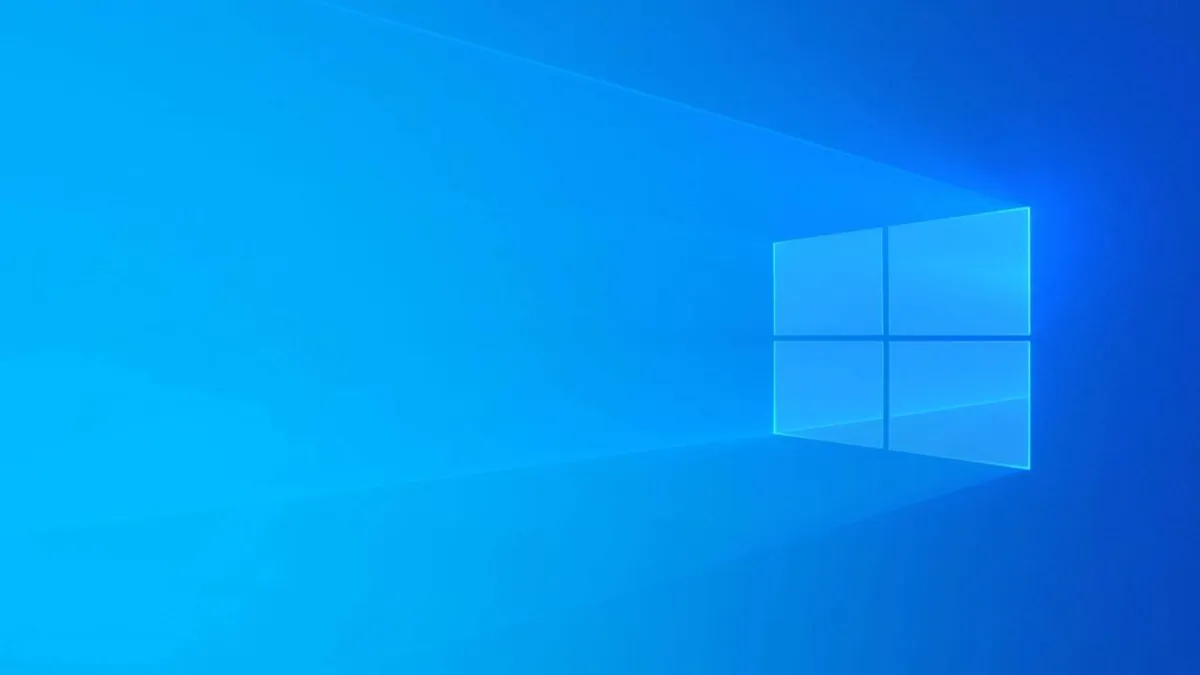
Last fall, Microsoft made an important announcement regarding the future of Windows 10. Users who wished to continue using this operating system beyond its official end-of-support date could enroll in the Extended Security Update (ESU) program for a fee of $30 per PC. This program grants users an additional year of critical security updates. As we approach the October 14, 2025 cutoff, Microsoft has unveiled new options for those who may not wish to pay the fee.
Microsoft has confirmed that individuals can still opt into the ESU program by paying the standard fee of $30 for a year of security updates. However, they are now introducing additional options for users who prefer not to pay. One of these options allows users to receive a year of additional Windows 10 security updates simply by opting into the Windows Backup app. This app, available on both Windows 10 and Windows 11, facilitates backups of settings and files using a Microsoft account.
Additionally, users can choose to enroll in the ESU updates by utilizing 1,000 Microsoft Rewards points. These points can be earned through various activities, including making purchases with a Microsoft account or conducting searches on Bing. While these updates do not formally extend the end-of-support date for Windows 10, they effectively provide an additional year of updates for users who are unable or unwilling to transition to Windows 11.
In a recent blog post, Microsoft stated that Windows 10 users will receive proactive notifications about the ESU program via the Settings app. This approach is designed to ensure that users do not have to search for information about continuing updates. Microsoft will begin testing these notifications within the Windows Insider Preview channel, with a broader rollout expected for regular users starting in July and full deployment by mid-August.
Once users are enrolled in the ESU program, their consumer Windows 10 PCs will continue to receive support until October 13, 2026. Businesses and educational institutions can still obtain up to three years of ESU updates, but they will need to pay for this service, as the free options only apply to consumer PCs.
It is crucial to note that both the Windows Backup and Microsoft Rewards methods for accessing these updates require a Microsoft Account. Microsoft has been increasingly promoting the use of accounts in Windows 11, and this update appears to be another strategy to encourage users to transition to a Microsoft Account. The Windows Backup feature is specifically designed to simplify the migration to a new Windows 11 PC when the time comes.
Yusuf Medhi, Microsoft’s Consumer Chief Marketing Officer, highlighted the advantages of Windows Backup, stating that it offers an easy way to transfer data, personal files, and settings securely, ensuring a smooth experience when signing in on a new device.
For users who already have a Microsoft Account, it is possible to gather the necessary 1,000 Microsoft Rewards points to enroll in the ESU program without making significant effort. Some users may find they already have enough points based on previous activities. New users can quickly accumulate points by engaging with Microsoft services, such as downloading the Bing app and conducting searches.
We have reached out to Microsoft for clarification on several logistical aspects of the ESU program. Questions include whether a PC will automatically remain enrolled in the ESU program after a reset or reinstallation of Windows 10, and if users must re-enroll in the program if they stop using Windows Backup. Additionally, it remains uncertain whether multiple PCs require individual enrollment through Windows Backup or Microsoft Rewards points.
While the new options for receiving Windows 10 updates are beneficial, Microsoft continues to advocate for upgrades to Windows 11. Medhi reiterated that 2025 is expected to be the year of the Windows 11 PC refresh, a phrase that Microsoft has been using since January. Despite the introduction of these updates, the end-of-support date for Windows 10 remains unchanged, and the system requirements for Windows 11 have not been relaxed.
Current statistics indicate that Windows 10 still operates on approximately 53% of Windows PCs globally, according to Statcounter data. However, Windows 11 has seen growth, increasing from about 34% in December 2024 to around 43% by May 2025. In the United States, Windows 11 has surpassed Windows 10, running on roughly 53% of PCs as of March 2025.
In summary, while a year of additional security updates for Windows 10 is a welcome development, the need for users to opt in to the ESU program might mean that some less tech-savvy individuals miss out on these updates. Nonetheless, the new enrollment options provide more flexibility for Windows 10 users who may not be ready or able to transition to Windows 11.